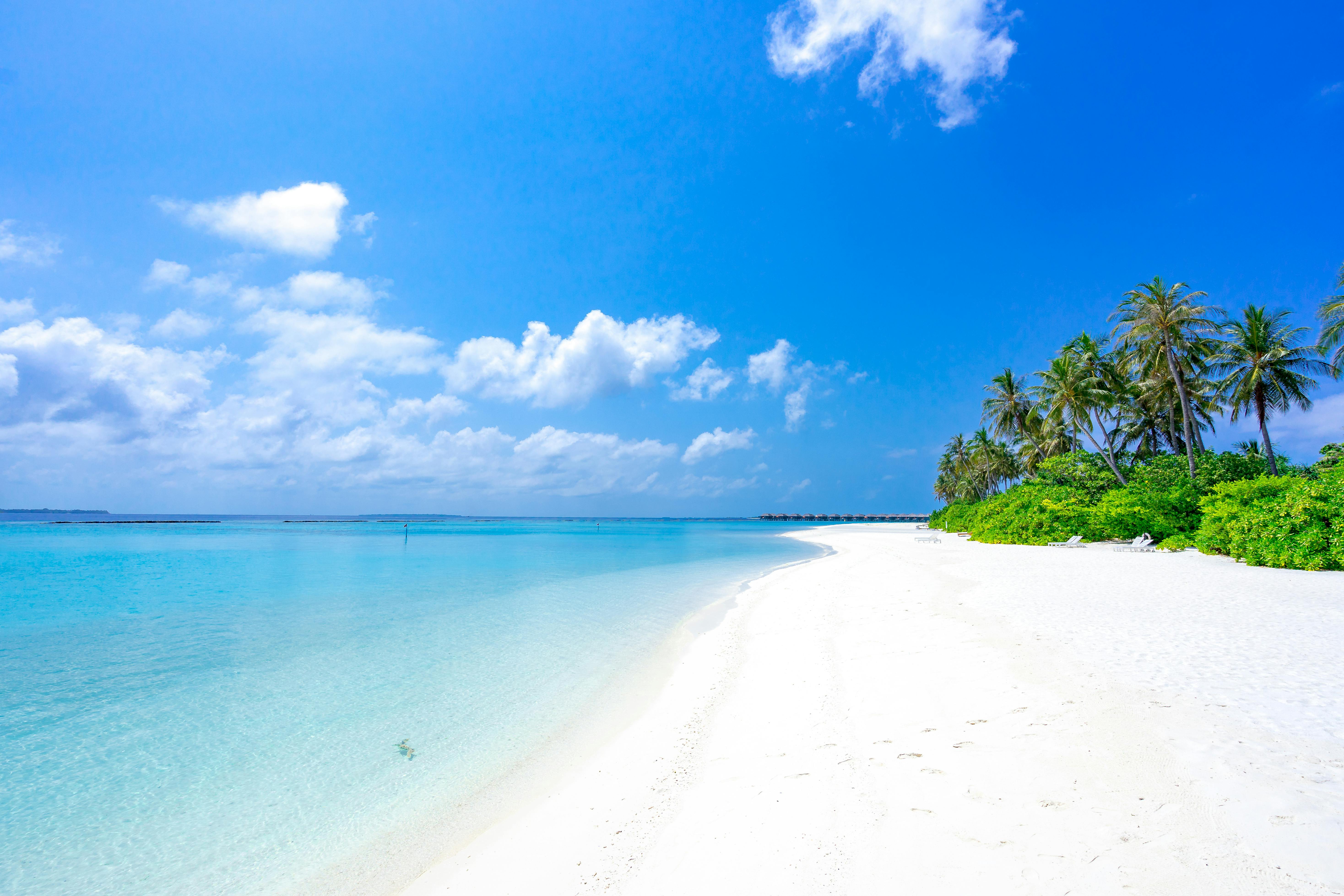VOLCANO, Hawaii – Tourism in Volcano town on the Big Island has been picking up slowly since Hawaii Volcanoes National Park reopened in September. Ira Ono, president of tourism advocacy group Experience Volcano, said he doesn’t think the lack of lava at the summit will harm visitor numbers in the long term. We apologize, but this video has failed to load. Business is a far cry from the booming days before the park closed in May amid explosive eruptions, earthquakes and the collapse of Kilauea volcano’s summit crater, said Pua Norris, the head innkeeper at Volcano Village Lodge, a bed-and-breakfast. “I just don’t think there’s enough publicity that the park’s open yet,” Ono said. Several business managers said a lack of lava at the summit crater is one reason. The national park is normally the most-visited tourist destination in the state. Ono said that, in his experience, the lack of lava has not interfered with visitors’ enjoyment of the park, saying that the view of the crater, the trails and the steam vents are suitably “epic” to provide an incentive to visit. Bruce Taylor, deputy director of Kilauea Military Camp, which lies within the park, National Park at Loei said the park and the island need to develop a new marketing strategy now that no active lava can be seen. But it closed for four months during as Kilauea’s eruption entered an explosive phase. Business is generally “hit-or-miss,” Blakely said. “Some days are a bit bigger than others,” Kendall Blakely, assistant manager at Volcano Winery, told the Hawaii Tribune-Herald. “There’s no visible lava now, there’s no glow,” said Janet Coney, general manager of Kilauea Lodge.
Central Thailand by the Phetchabun Mountains.
 I-san, Thailand’s northeast region, is an often-overlooked part of the country. There’s no coastline, so there are no beaches to draw those seeking sand and sea. The vast sandstone Korat Plateau, which is about 200 m above sea level, is rich in culture and historic sites from the days when the Khmer Empire held sway over the region. The region consists of 20 provinces and is Thailand’s largest region and takes up almost a third of Thailand’s land mass. To the west it is separated from northern. Central Thailand by the Phetchabun Mountains. Isan is mainly an agricultural region and has a rich history and magnificent natural scenery. In the 9th century AD, the Korat Plateau came under Cambodian control, which was to endure until the end of the 13th century. The region is located on the Korat Plateau, bordered by Cambodia to the southeast and by the Mekong River (along the border with Laos) to the east and north. Isan, however, is a multicultural area where Laos, Cambodia and Thailand meet.
I-san, Thailand’s northeast region, is an often-overlooked part of the country. There’s no coastline, so there are no beaches to draw those seeking sand and sea. The vast sandstone Korat Plateau, which is about 200 m above sea level, is rich in culture and historic sites from the days when the Khmer Empire held sway over the region. The region consists of 20 provinces and is Thailand’s largest region and takes up almost a third of Thailand’s land mass. To the west it is separated from northern. Central Thailand by the Phetchabun Mountains. Isan is mainly an agricultural region and has a rich history and magnificent natural scenery. In the 9th century AD, the Korat Plateau came under Cambodian control, which was to endure until the end of the 13th century. The region is located on the Korat Plateau, bordered by Cambodia to the southeast and by the Mekong River (along the border with Laos) to the east and north. Isan, however, is a multicultural area where Laos, Cambodia and Thailand meet.
It was during this period that the region’s splendid Khmer temples were built. From here the river forms the border with Laos for 750 km until it flows into Cambodia. The Mekong River valley’s relatively fertile land remains one of the most beautiful, resorts near Sawankhalok unspoiled regions in the country. With its source in the Tibetan Himalayas, the Mekong River reaches Chiang Khan in northeast Thailand. The northeast is now thought to be one of the first areas in the world where rice growing, bronze making, and silk weaving were pioneered. Silk weaving has flourished again since the mid-20th century and modern-day weaving villages sell a wide range of silk and cotton goods. To the north, at Ban Chiang, is a site that have revolutionized archeologists’ views of prehistoric Southeast Asia. The magnificent stone temples at Phanom Rung and Phimai, which once stood on a road linking the plateau with the Khmer capitol of Angkor, have been evocatively restored.
- Kui Buri National Park
- Pha Chor Canyon
- Thai Bird Garden
- Shrine Of King Naresuan
- Hat Chao Mai National Park
Furthermore, due to its distance from Bangkok, the area has escaped widespread development. It was built on top of a hill, an extinct volcano. Prasat Hin Khao Phanom Rung is the most impressive. The best known and oldest national park in the country. 15 km southeast of Korat. Close to the Cambodian border. 100 km southwest of Korat, covering an area of 2000 km2 in the provinces of Korat, Nakhon Nayok, Saraburi and Prachinburi provinces. The main tower is made-out of pink sandstone. Better known as Korat, the province capital is the gateway to the Isan, 250 km northeast of Bangkok. Significant of the Khmer temples that can be found in Thailand. Fascinating historical sites, many national parks and wildlife reserves, unspoiled mountain areas, distinctive sandstone formations and rural villages color the landscape. It was constructed in Angkor style during the 10th until the 13th century as a Hindu temple dedicated to Shiva. 100 km southeast of Korat in the province of Buriram.